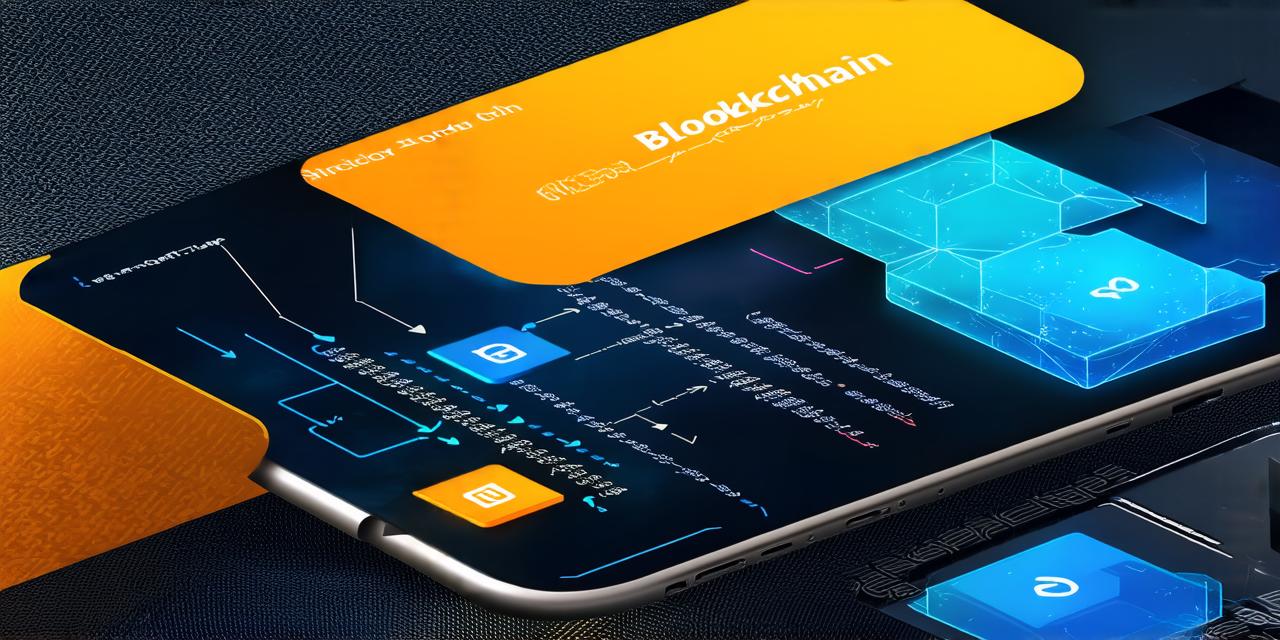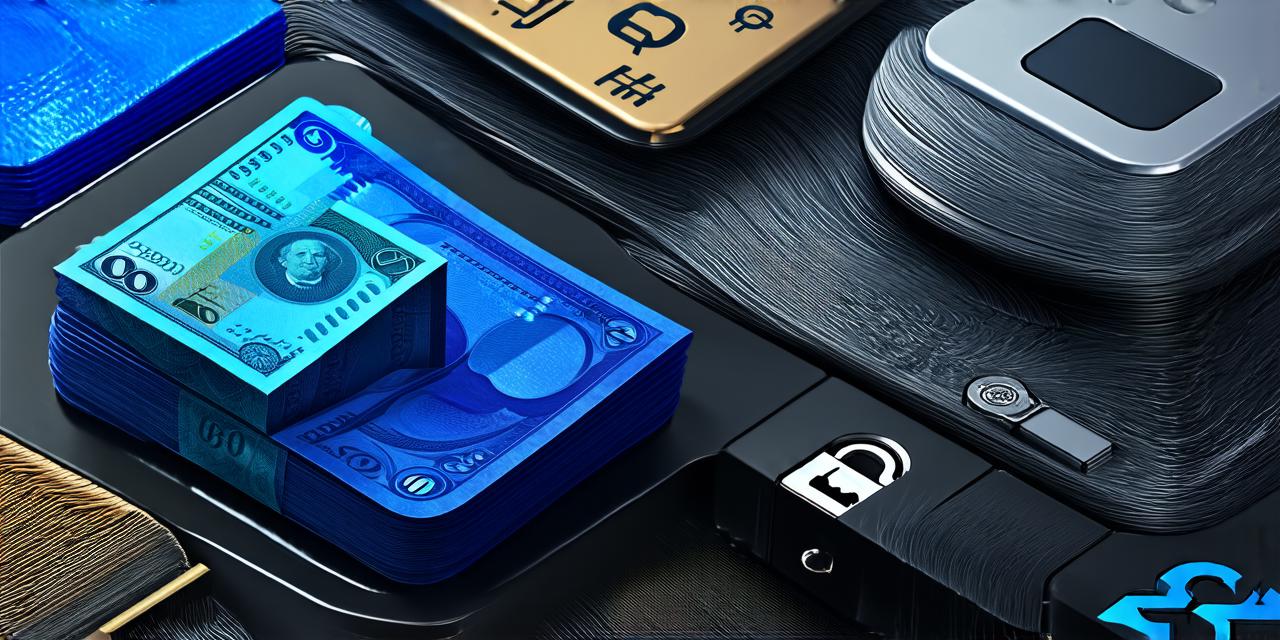How to create blockchain application
Blockchain technology is revolutionizing the way we store and share data. From cryptocurrencies to supply chain management, blockchain applications have the potential to transform virtually every industry.
What is a Blockchain Application?

Before we dive into the process of creating a blockchain application, it’s important to understand what one actually is. At its core, a blockchain application is a software program that runs on a distributed network of computers, rather than a centralized server. This allows for greater security and transparency, as well as the ability to store data in a decentralized manner.
The key features of a blockchain application include:
-
A distributed ledger: This is a digital record of all transactions that have occurred on the network. It is maintained by a network of computers, rather than a central authority.
-
Consensus mechanisms: These are the rules that govern how nodes on the network agree upon the validity of transactions and new blocks to be added to the ledger.
-
Smart contracts: These are self-executing programs that can automate certain tasks and enforce rules on the network.
-
Cryptography: This is used to secure the network and protect user data from unauthorized access.
Real-Life Examples of Blockchain Applications
Now that we have a basic understanding of what a blockchain application is, let’s look at some real-life examples of how this technology is being used in various industries.
-
Cryptocurrencies: Perhaps the most well-known example of a blockchain application is cryptocurrency. Bitcoin, Ethereum, and other digital currencies use blockchain technology to facilitate secure and transparent transactions between users.
-
Supply chain management: Blockchain technology is being used in supply chain management to improve transparency and traceability of goods from production to delivery. This can help reduce fraud and improve customer trust.
-
Voting systems: Blockchain technology has the potential to revolutionize voting systems by making them more secure, transparent, and accessible.
-
Healthcare: Blockchain technology is being used in healthcare to store and share patient data securely and efficiently. This can help improve patient outcomes and reduce costs.
Creating a Blockchain Application: Step-by-Step Guide
Now that we’ve looked at some real-life examples of blockchain applications, let’s explore the key steps involved in creating your own.
-
Define your use case: The first step in creating a blockchain application is to define its use case. This involves identifying the problem or opportunity that your application will solve, as well as the target audience and key features.
-
Choose a platform: There are several platforms available for building blockchain applications, including Ethereum, Hyperledger, and Corda. Each platform has its own strengths and weaknesses, so it’s important to choose one that fits your use case.
-
Design your architecture: Once you’ve chosen a platform, you’ll need to design the architecture of your application. This involves deciding on the type of blockchain (public or private), the consensus mechanism, and the smart contract language.
-
Develop and test your application: With your architecture in place, you can start developing and testing your application. This will involve writing code, deploying it to a testnet, and testing it thoroughly to ensure that it functions as expected.
-
Deploy and launch your application: Once your application has been thoroughly tested, you can deploy it to a mainnet and launch it to the public.
Expert Insights and Best Practices
To help guide you through the process of creating a blockchain application, we’ve gathered some expert insights and best practices from industry leaders.
-
Start small: When building a blockchain application, it’s important to start small and gradually scale up as needed. This will help you identify any issues early on and ensure that your application is stable and secure.
-
Focus on user experience: While blockchain technology is complex, the user experience should be simple and intuitive. Make sure that your application is easy to use and understand for your target audience.
-
Stay up-to-date with industry trends: The blockchain industry is constantly evolving, so it’s important to stay up-to-date with the latest trends and developments. This will help you build an application that is relevant and competitive.



